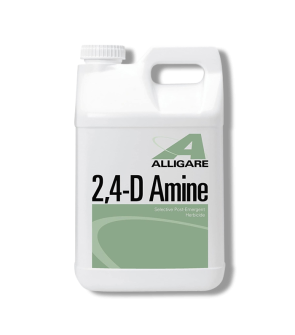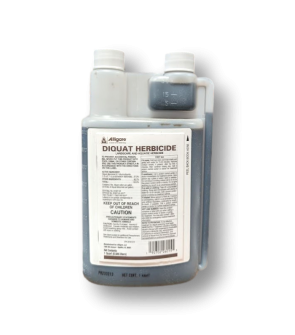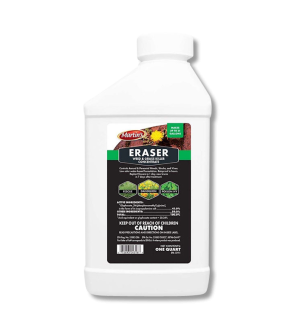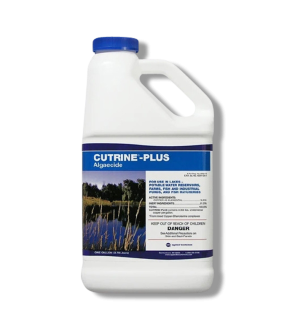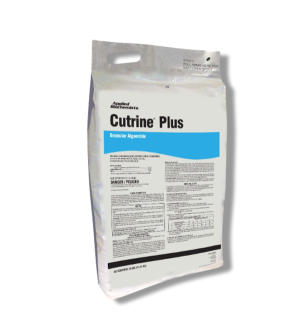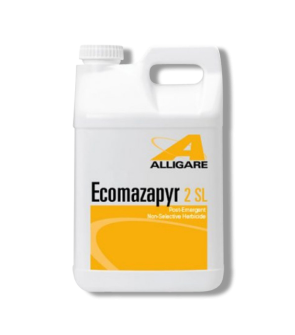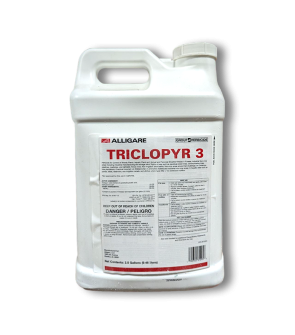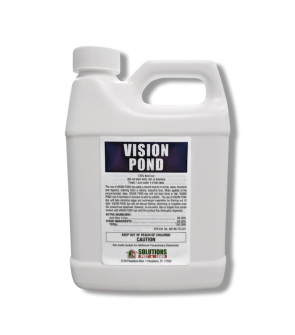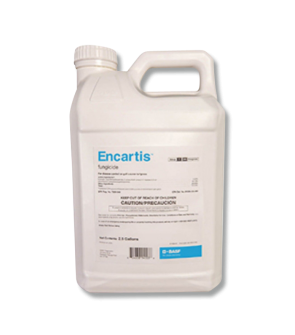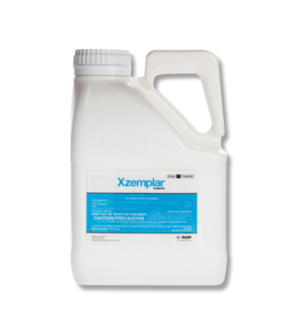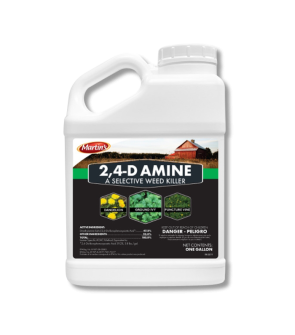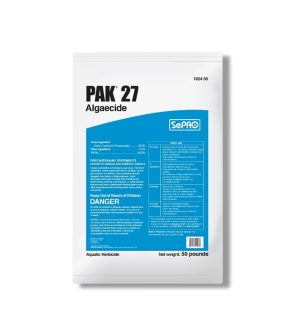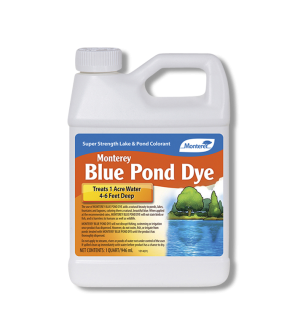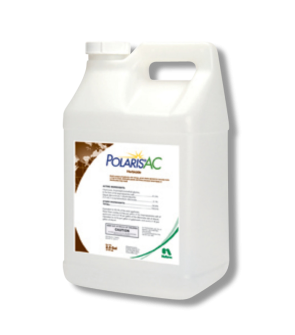Aquatics
Most Effective Products
Aquatic Weed Control: How To Get Rid of Aquatic Weeds
This page is a general aquatic weed control guide. Using the aquatic herbicides suggested, you can get control of any aquatic weed species. The aquatic weed category pages give additional information on the different species and specific treatment instructions and options. Follow these guides and use the recommended products and we guarantee 100% control of all aquatic weed types.
Aquatic weeds can be found growing on lakes, streams, ponds, estuaries and other bodies of water where there is aquatic wildlife. Aquatic weeds naturally grow in these bodies of water and are actually beneficial to the environment, providing natural filtration, food, and habitat for fish. The problem arises when they start to grow excessively.
Most aquatic weeds like cattails, hydrilla, and algae are harmless and are usually just an unattractive inconvenience since they can interfere with recreational activities like swimming and fishing.
When they begin to grow and create large infestations though, they can cause significant problems and damage if left untreated by blocking sunlight, stealing nutrients and reducing living space for fish.
If your water body is being hampered by the presence of aquatic weeds, we can help. By following our easy to follow step-by-step DIY aquatic weed treatment guide and using professional-grade aquatic herbicides, you can get rid of aquatic weeds quickly and affordably.
Identification
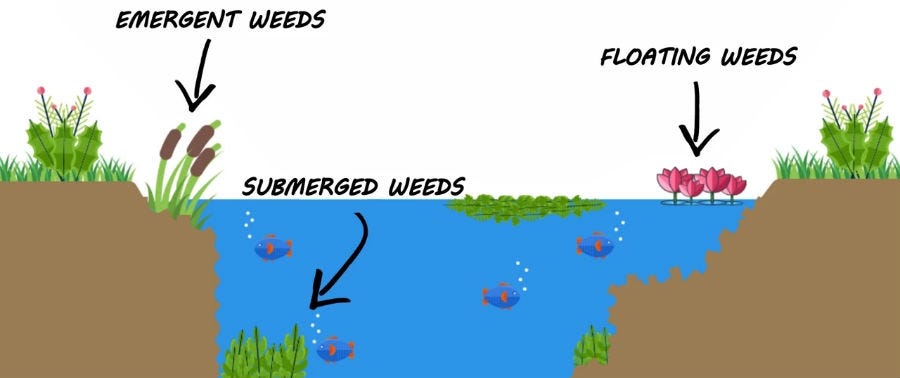
Aquatic Weeds can be separated into four groups. These include algae, floating weeds, submerged weeds and emergent weeds.
- Floating weeds are those that float on the pond surface. These plants don’t have roots and move freely around the pond with the wind. Most floating weeds multiply rapidly and can be difficult to control. Severe infestations can block sunlight from the pond and cause oxygen depletion. (ex: duckweed or water hyacinth)
- Submerged weeds are pondweeds that are rooted in the bottom of the pond and where the majority of the plant remains underwater due to their soft stem. (ex: coontail)
- An emergent weed is primarily above the water surface and can support itself. Sometimes they are completely out of the water growing in moist soil. These pondweeds are usually restricted to the shoreline but may extend into the pond if the margins are shallow. Some species of emergent weeds have buoyant stems that can form large mats. (ex: water lilies)
- Algae is commonly referred to as slime, moss or pond scum. Algae can be found at the bottom of the pond or on the water surface.
There’s a large number of different weeds that can appear on your body of water. Check out our aquatic weed library to find the aquatic weed that you are encountering for a specific guide to its control as well as aquatic herbicide product recommendations.
Inspection
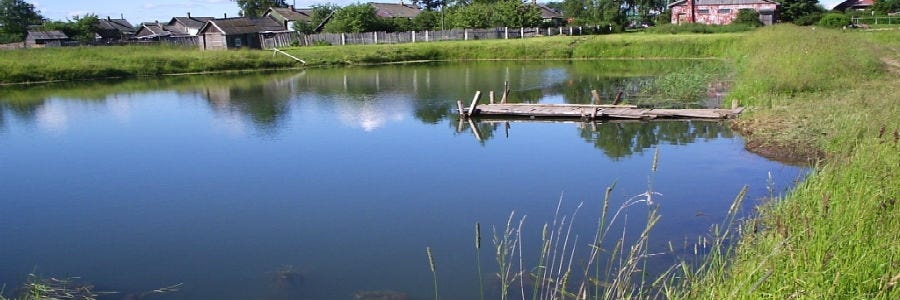
Depending on the aquatic weed that is growing on your water body, an inspection could be a simple or complicated process. Inspection is important prior to applying aquatic herbicides so you can analyze how big of an issue you have, the size of your pond or water body and how much you need to treat and what treatment options would be best for your situation.
Where to Inspect
Walk around your water body and observe any weeds that may be protruding out beyond the water, floating on the water surface or submerged underwater.
What to Look For
You should be looking for the presence of weeds and the severity of the weed invasion.
Measure the pond's surface area and the depth. Knowing the size will help you in figuring out the mix rates. You will also need to consider if your pond is used for drinking, swimming, irrigating, or houses fish as some herbicides have temporary water use restrictions.
Treatment
Our top aquatic herbicide recommendation to treat aquatic weeds is Diquat Herbicide because it is labeled to treat many different submerged, emerged and floating weed types and is cost-effective.
Prepare to apply herbicides to your pond by mixing the selected product with water in a pump sprayer according to the directions on the label. This is also the time to put on the necessary PPE.
Step 1 - Prepare and Mix the Diquat

Before mixing and application, you will need to calculate the size of the water body you wish to treat to determine how much Diquat you will need. For water bodies, the measurement is usually done by calculating the acreage or acre-foot. To do this, measure the length, width, and average depth of the water body in feet then divide by 43,560 (Length (ft) x Width (ft) x Average Depth (ft) / 43,560 = Acre-feet).
Diquat should be mixed at a rate of 1 to 2 pints of Diquat per 15 gallons of water per acre.
Step 2 - Apply Diquat to target Pond Weeds
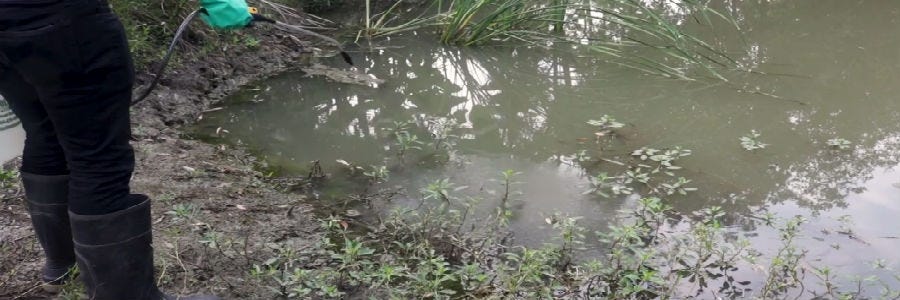
Once the Diquat is well-mixed. Depending on the targeted weed and the water’s depth, you can spray the herbicide over the water along the shoreline, spot treat emerged weeds or broadcast spray over the water’s surface.
Some weeds are best treated with a granular herbicide like Cutrine Plus when weeds are submerged as blankets under the water surface, in deep areas of the pond, or in ponds with flowing water. These heavier granules can be applied with a hand spreader and will sink directly onto the weed beds.
Step 3 - Treat only a 1/3rd of the pond at a time.
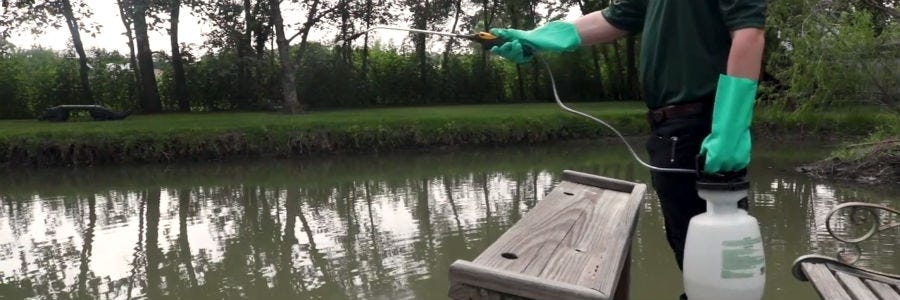
During hot weather as weeds die off, they can reduce the amount of available oxygen in the pond. Treat your pond in small sections waiting 10 to 14 days in between treatments to ensure fish have an oxygen-rich environment. We recommend using an indicator dye with your herbicide to mark where you have applied your product so you don’t over treat.
Step 4 - Use Vision Pond Dye
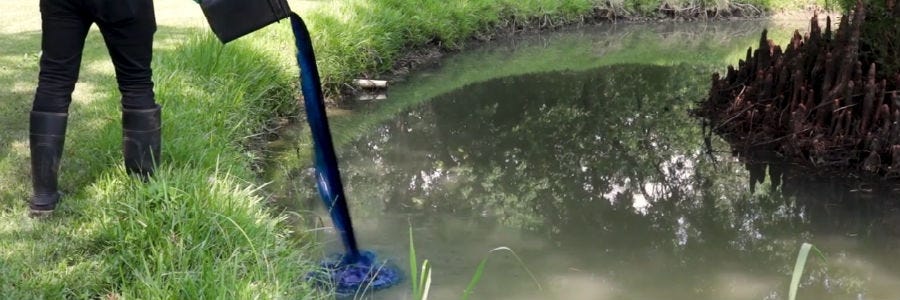
After applying aquatic herbicides, we recommend applying Vision Pond Dye. This non-toxic dye will give the water a natural blue color and filters UV light to inhibit algae and weed growth. Follow the label directions for proper application rate and pour it at the edge of the pond. The water’s natural movement will disperse the dye.
Prevention

It’s important to note that aquatic herbicides just kill the weed, they don’t address the reason why the weed is growing in the first place.
Problems like excessive nutrients and organic materials are the main reasons why aquatic weeds thrive. Aquatic herbicides are a great tool but do not address the actual problem of excessive nutrients and organic materials. By following up with proactive pond management practices such as aeration and natural water treatments will reduce the accumulation of dead organic material and can help keep your water clear from pondweeds for years to come.
Regularly monitor your body of water for any issues and apply your control products as needed. Make sure your pond is getting adequate attention so weeds do not creep back up.
Key Takeaways
What are Aquatic Weeds?
- Aquatic weeds can ruin the look of your water body and hinder recreation. Most aquatic plants can be placed into five different categories based on their growth habit. These include: filamentous algae, planktonic plants, floating weeds, floating leaved weeds, submerged weeds, and emergent weeds.
What are The Best Aquatic Herbicides for Getting Rid of Aquatic Weeds?
- Select the best aquatic herbicide for treatment. Our recommended herbicide for aquatic weeds is Diquat Herbicide.
Preventing Aquatic Weed Reinfestation
- After treating the weeds with aquatic herbicide, we recommend using Vision Pond Dye. Vision Pond Dye both improves the look of your water body and discourages the growth of algae and weeds by inhibiting UV sunlight on the water surface.
-
Q:I have Brazilian Waterweed (Brazilian elodea) I am trying to get rid of from my Koi pond. I don't see that specific aquatic weed on your list of categories. Which treatment do you suggest?4/8/24A:Thanks for the suggestion -- we will work to add Brazilian Elodea to our Aquatics library! As far as treatment goes, we recommend Alligare Diquat. This provides excellent control against aquatic weeds like Brazilian Waterweed. Apply 0.5-2.0 gallons Alligare Diquat in water per surface acre (per 4-foot water depth). For severe weed infestations, use the 2.0 gallon per surface acre rate. Repeat applications at 14 to 21 day intervals may be needed for optimum control. For submersed weeds, like Brazilian Elodea, apply Alligare Diquat Herbicide as a spray in sufficient carrier to fully cover the target area and to ensure complete coverage of the weed areas.
Colin
4/18/24

